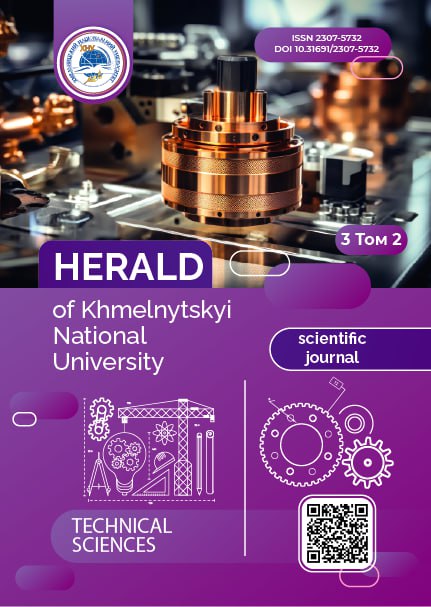DEVELOPMENT OF A METHOD FOR INTEGRATING MACHINE LEARNING WITH RULE-BASED INFERENCE
DOI:
https://doi.org/10.31891/2307-5732-2025-353-8Keywords:
multilayer neural network, deep learning, rule base, confidence factors, data processing, rule-based intelligent systemsAbstract
This article presents a method for integrating newest AI methods into classical rule-based intelligent systems by adding a information retrieval processing layer that replaces the traditional weights coefficients calculation routine. The proposed approach involves using a multi-layer neural network as coeficients for information retrieval method, which allows implementing associative rules in the system structure and increasing its efficiency in prediction, classification, and decision-making tasks under uncertainty and fuzziness. The methodology is based on eliminating the constraints of the classical approach to weights coefficients calculation, which relies on traditional operations of according to the degree of relevance and rule weights. The integration of associative rules allows for a more complex and adaptive calculation of weights, which contributes to increasing prediction accuracy and flexibility in decision-making in complex hybrid environments. The proposed method provides automatic gaining of system parameters, including weight coefficients, neuron, and activation functions, which allows adapting to changes in input data and increases the overall performance of the system. Unlike traditional methods that use static rules and weighting coefficients, the developed approach allows dynamically updating parameters during system operation, which increases its flexibility and resilience to changing environmental conditions. The inclusion of associative rules contributes to more accurate pattern recognition in data, which improves the quality of decision-making even in cases with incomplete or missing information. Additionally, the use of automatic information retrieval reduces dependence on hard rules and lowers the need for manual system tuning, significantly simplifying its deployment and use. The obtained results demonstrates improved prediction accuracy, reduced error, and increased efficiency in data analysis. The proposed method can be used in a wide range of applications, including big data analysis, automated control of technological processes, cybersecurity, financial modeling, risk forecasting, medical diagnostics, and the development of autonomous systems for operation in conditions of high uncertainty.
Downloads
Published
Issue
Section
License
Copyright (c) 2025 РОМАН ВОВК, ВАСИЛЬ ШЕКЕТА, ЕДУАРД ФЕДОРУК, ОЛЕГ ПОПОВИЧ, ВЛАДИСЛАВ ГОЛОВЧАК (Автор)

This work is licensed under a Creative Commons Attribution 4.0 International License.

